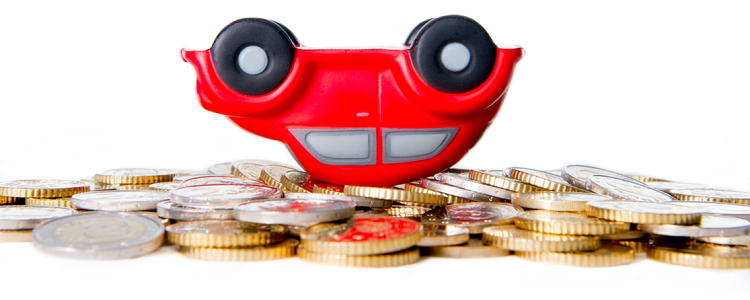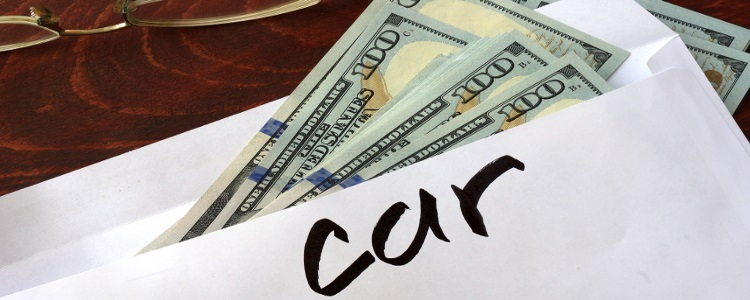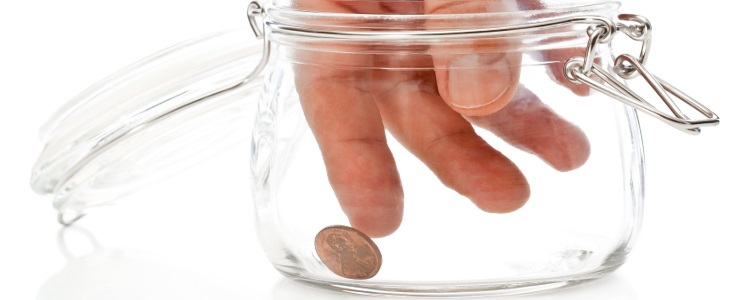Using your current car as a trade-in and down payment on a bad credit auto loan will work only if it meets certain requirements.

Using Your Trade In on a Bad Credit Auto Loan
Car Loans with Bad Credit
 Unless it's paid off, if you're planning on trading in your current vehicle and financing with bad or no credit auto loans, you may want to keep on reading.
Unless it's paid off, if you're planning on trading in your current vehicle and financing with bad or no credit auto loans, you may want to keep on reading.
We've seen this situation before here at Auto Credit Express, where we've been working with bad credit car loans for more than 20 years. During these years, we've helped hundreds of people finance a bad credit car.
We show buyers how to avoid a tote the note dealer (outside our retail areas you can fill out our online auto loan request form), and educate them on the loan process (to prevent repossession) which includes the importance of trade-in equity.
The Appraisal
Trade equity is the difference between what a car is worth and how much is owed on it.
During the appraisal process, the dealer will assign a value to your car. Many customers are surprised that their car isn't worth as much as they thought it would be. This is because NADAguides and Kelley Blue Book values that most consumers have access to should only be thought of as estimates.
Auction values that are available only to dealers are more up to date. In addition, the dealer might also have to replace tires and recondition and detail it. These are all costs that reduce a car's trade-in value.
If you think that you should be able to get more for your vehicle, you can always sell your car yourself. You can receive an instant offer from our trusted partner or go through the process of selling it privately.
Trade-In Equity
Unless the vehicle is paid off, the next step is to determine its trade-in equity. If your car is paid off, the entire trade value is equity. If the trade-in value is more than what you owe, the difference is trade equity.
If, however, the trade-in value is less than what you owe, then the difference is known as negative equity.
Dealing with Negative Equity
Since most problem credit lenders require a down payment, you'll need enough trade equity for the down payment. If it isn't enough, the difference can be made up in cash.
But if you have a negative equity trade-in, you'll need to come up with a cash down payment plus enough to cover the negative equity in order to meet the down payment requirement of the lender.
Even if a lender allows you to trade in a car with negative equity without covering the balance owed – and this is a big “if” – the situation won't be good, because you essentially end up paying finance charges on two cars at once.
When you're dealing with the high interest rates of a problem credit auto loan, this can become very expensive.
When to Do It
Should you ever do a negative equity trade? Possibly, but only do it if it will save you money. There are two situations in which trading in a vehicle with negative equity could end up saving you money in the long run.
- Your current vehicle is out of warranty and necessary repairs will cost you more than you'll spend on the increased expenses of the new loan.
- Your current vehicle costs a lot more to drive (say 10 miles per gallon versus 30 mpg on the new car) and the added expenses are offset by the savings in fuel costs.
If neither of these situations exists, you end up paying for two cars at the same time – not a good thing.
As We See It
Trading in your current car if it's paid off or you have equity in it will help reduce the amount of interest charges on a bad credit auto loan. If you're negative in your current vehicle, trading it in only makes sense if you're trying to avoid costly repairs or if you can offset the increased expense with a savings in fuel and/or insurance costs.
At Auto Credit Express, we have helped thousands of people with bad credit buy a car and reestablish their car credit at the same time through our network of affiliate dealers. If you need a dealership to work with, let us connect you with one near you.
If you're serious about getting your auto credit back on track, begin by filling out our secure car loan request form now.

Senior Auto Financing Writer
Steve is an in-house expert with years of experience writing about car loans and financing with bad credit. Steve also brings his unique expertise as a contributing writer of car reviews and other content on our sister websites CarsDirect and LotPro.
Suggested Posts For You
Receive Free Updates
Get the latest credit tips, resources and advice delivered straight to your inbox.













